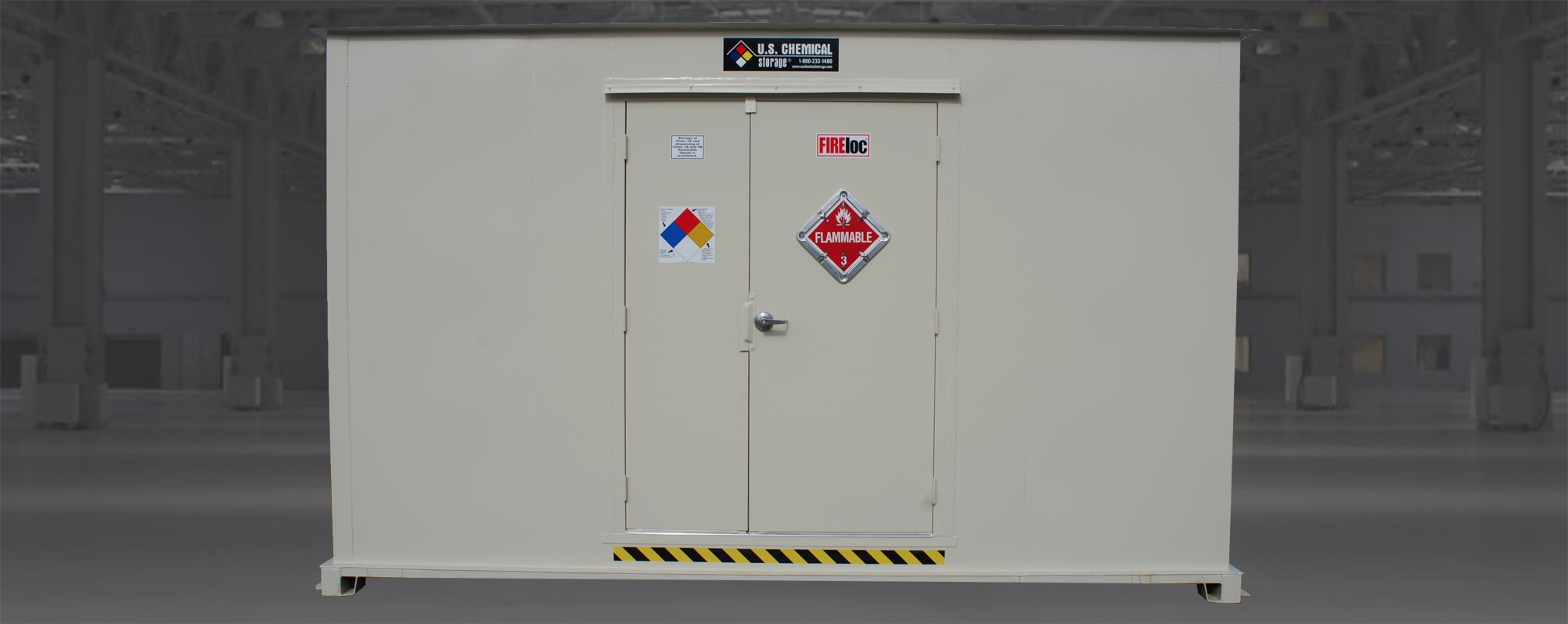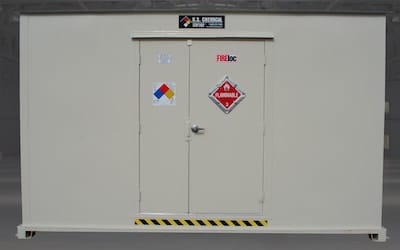 Companies use flammable liquids for a variety of applications. However, many people are not familiar with safe practices for storage and handling. The National Fire Prevention Association (NFPA) reports that over 160,000 fires per year start with the ignition of a flammable or combustible liquid, resulting in more than 450 deaths and $1.5 billion worth of damages. For this, knowing safe practices for flammable liquid storage can save your business.
Companies use flammable liquids for a variety of applications. However, many people are not familiar with safe practices for storage and handling. The National Fire Prevention Association (NFPA) reports that over 160,000 fires per year start with the ignition of a flammable or combustible liquid, resulting in more than 450 deaths and $1.5 billion worth of damages. For this, knowing safe practices for flammable liquid storage can save your business.
Categories of combustible and flammable liquid storage
Flammable and combustible liquids have been categorized according to their properties and how easily they can ignite. Combustible and flammable liquid storage should coincide. The most important property in this regard is the flash point of the material. The flash point is the temperature at which the liquid produces enough gas above its surface to ignite.- Flammable liquids have a flash point below 199.4°F.
- Combustible liquids have a flash point above 199.4°F.
Best practices for combustible and flammable liquid storage
Category I flammable liquids are the most hazardous of all. They have a flash point below 73.4°F and a boiling point below 95°F. Flammable liquid storage and handling requirements for Category I liquids are the strictest, and even require bonding and grounding while transferring liquid in order to prevent a static discharge and ignition.
As a basic principle, the more flammable a liquid is, the less of it you are allowed to store. Regulations cover the actual container in which the liquid is kept as well as the storage cabinets where these containers are housed.
US Chemical Storage Buildings for combustible and flammable liquid storage meet all of the OSHA and NFPA regulations for construction and design. Buildings are given a fire rating that indicate how long it will take for a fire surrounding it to raise the internal temperature of the building to dangerous levels. 2-hour and 4-hour fire ratings are available for flammable and combustible liquid storage.
In addition to fire rating, other accessories are available to enhance the safety of the buildings. Climate control systems keep the storage temperature constant regardless of climate changes. Fire suppression systems automatically extinguish a fire when ignition is detected. Alarms activate to warn employees of a fire.
Flammable liquid storage list of standards
- 29 CFR OSHA 1910.106 – Flammable Liquids
- NFPA 30 – Flammable and Combustible Liquids Code

